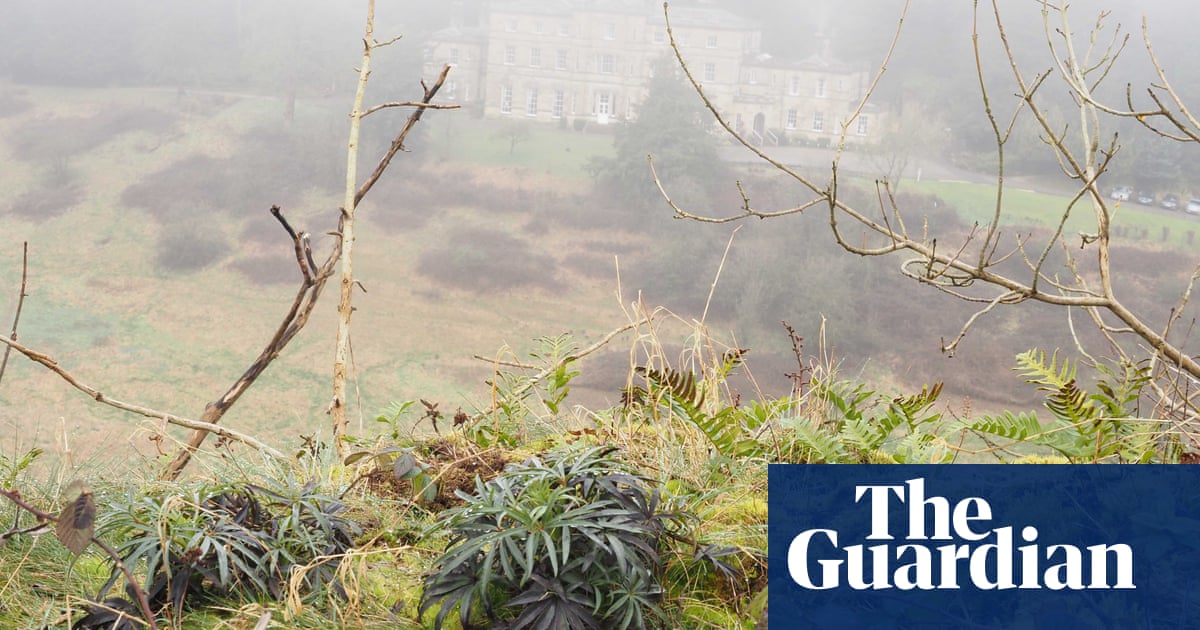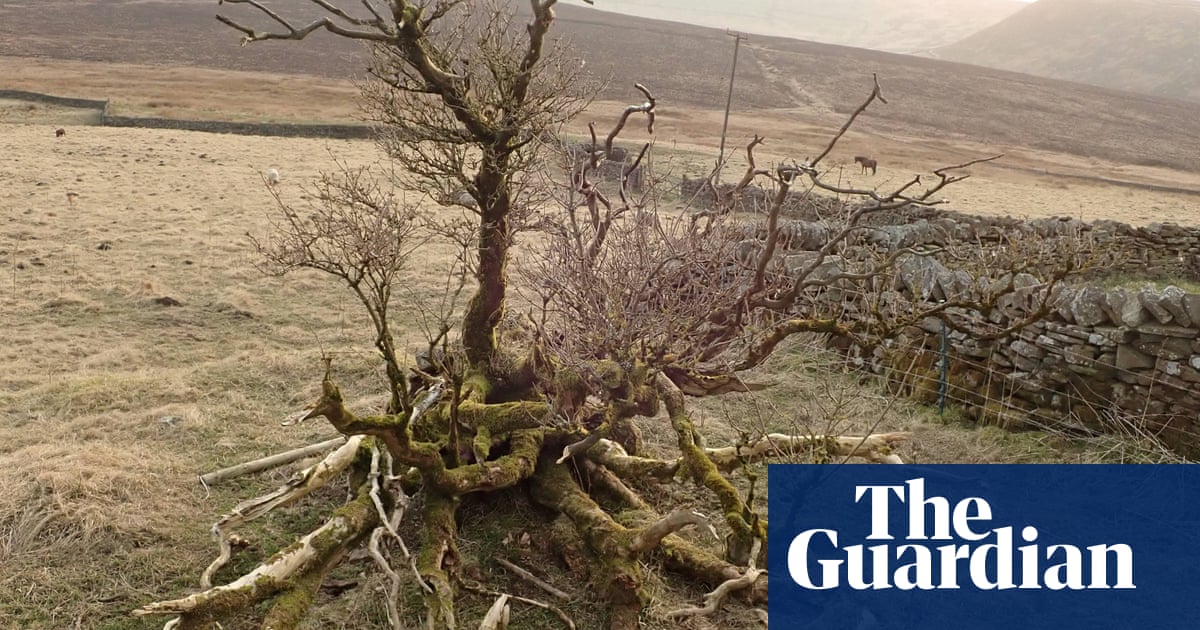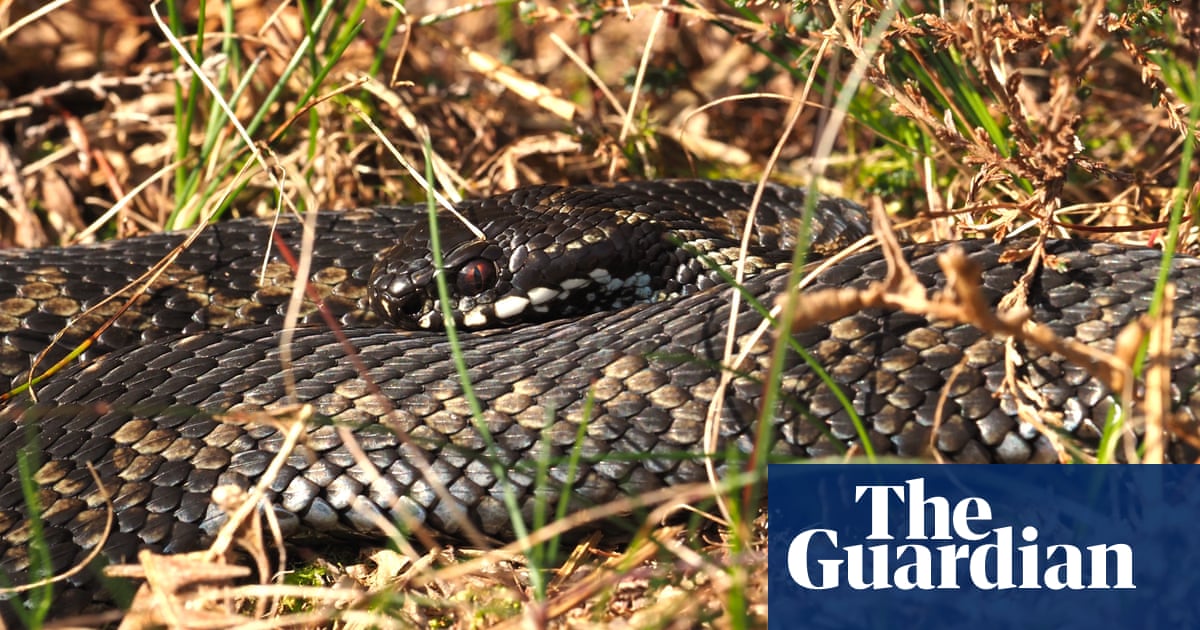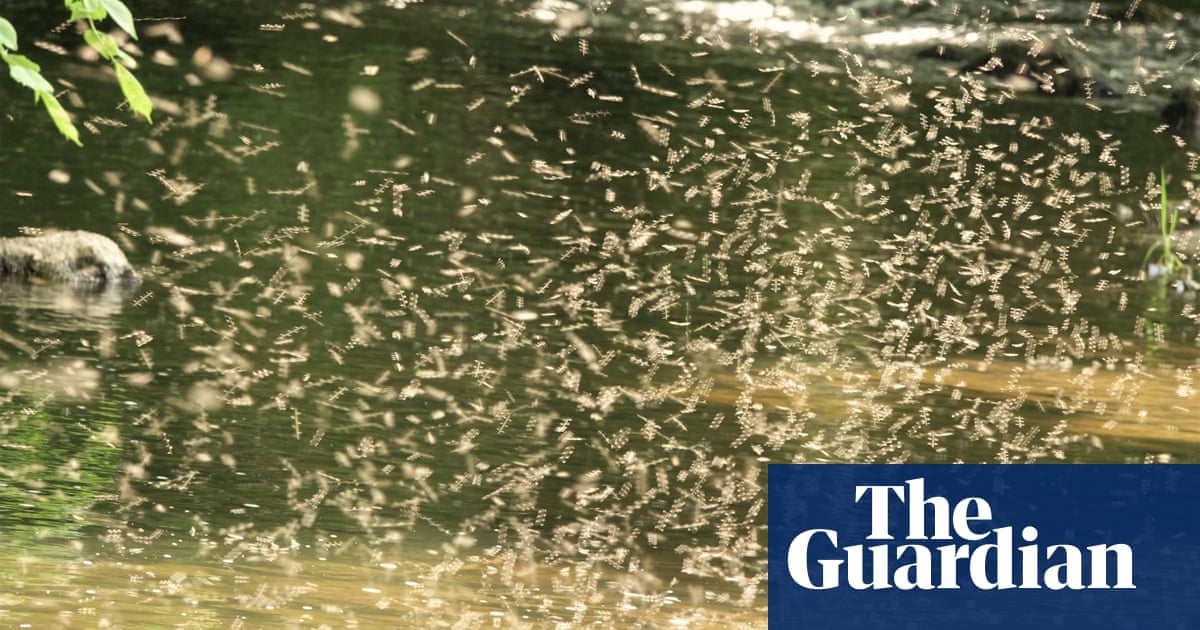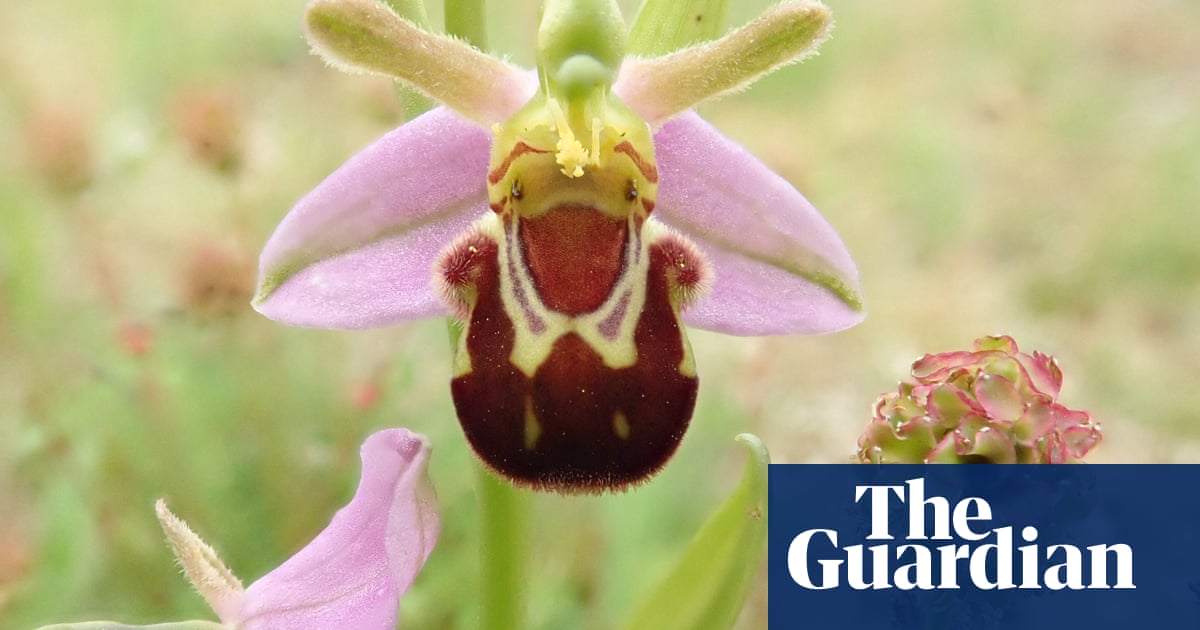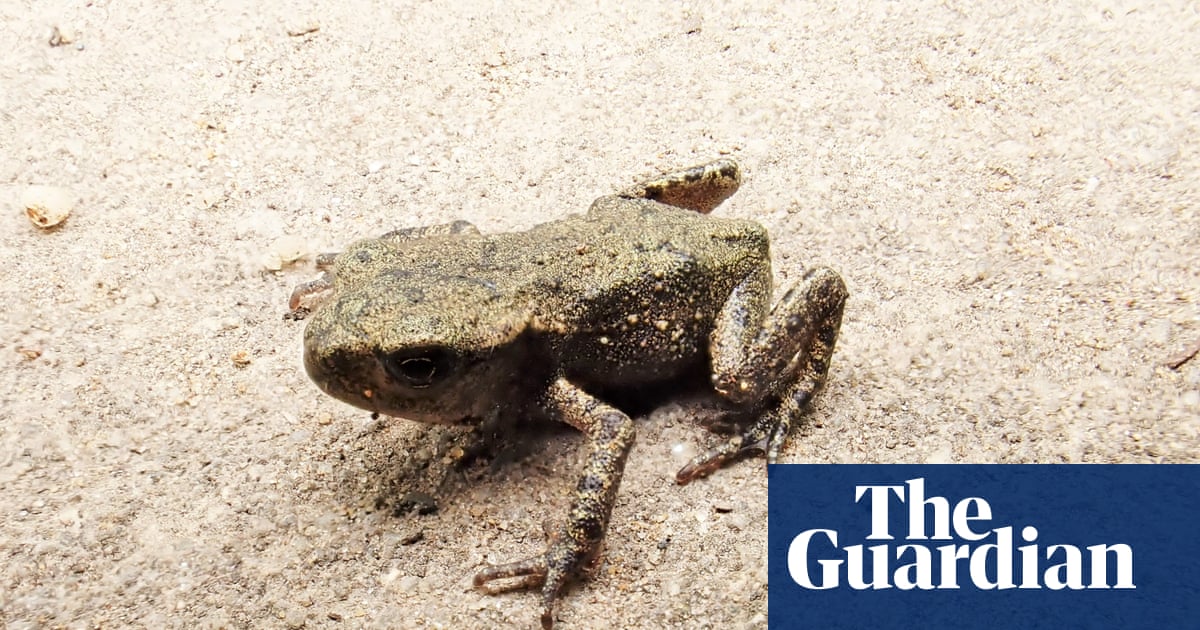
The largest of the four ponds at Lightwood reservoir has consistently held the highest numbers of spawning frogs and toads in the last few springs. Yet once the tadpoles are metamorphosed, they are obliged to leave the water or drown, and their exodus is thus as urgent as it is challenging.
Last week I estimated that the whole migration involved tens of thousands. There were particular bottlenecks where dozens of them were gathered briefly in confusion. Everywhere along the path encircling the pond – and even in any grass patch that I bothered to scrutinise – were amphibians measuring about 1cm each.
A single breeding female toad or frog averages 6,000 or 4,000 eggs respectively. Were all to survive to adulthood, I guess we would reach the plague numbers of the Book of Exodus. Even so, it was moving to see the snot-like dribbles of black on grass stems, or what looked like gnarls of tar squirted on to stone, and realise how many were already lost before they had begun.
Never have I been more aware of the gross nature of my human condition, and I manoeuvred with tai-chi-like slowness to avoid crushing a single one. I lowered on to a gritstone seat and held a crouching vigil until it was painful, not daring even to adjust a foot or hand without checking for consequences.
Waiting to see who passed through the grass-stem forest was the best and most affecting way to intercept their momentous odyssey. I learned subsequently that, contrary to appearances of the full adult stage, the all-dark ones were toadlets, while the more golden, black-patterned individuals were baby frogs.
Each had lungs no more than a gnat’s width and perfect wart-smothered limbs as frangible as soft rush stems. Yet with luck and time a toadlet can grow in size and condition to swallow mice whole, or live beneath the doorstep of a naturalist’s house (Thomas Pennant) for 36 years.
Even stranger to contemplate is the baby frog, whose destiny, when full grown and having passed through the neural pathways of a Nobel laureate (Seamus Heaney), was to cause the death of a naturalist, and survive in poetic form.




